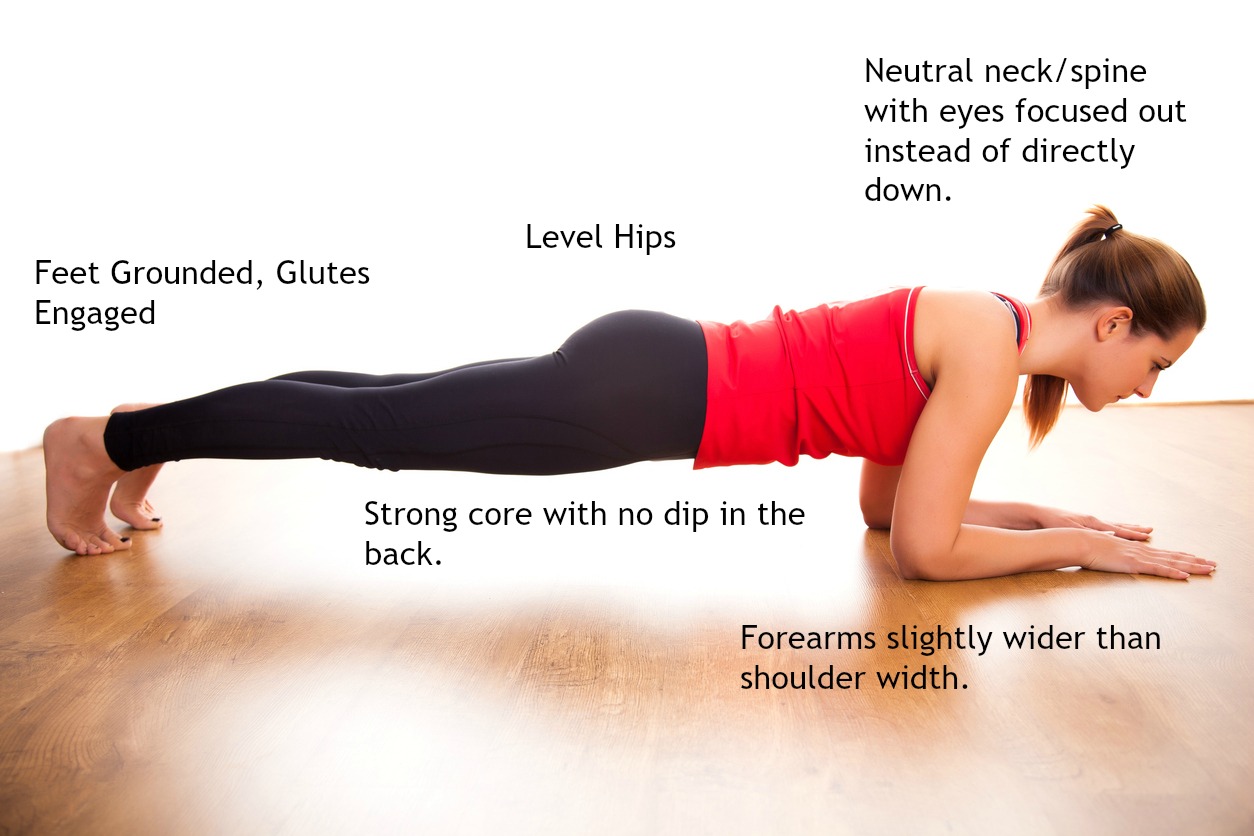30-Day Planking Challenge That Will Tone Up And Tighten Your Tummy
Even though it might look easy, that’s just in the mind of those who haven’t tried. The plank exercise is one of the famous and effective exercises that is simply a game-changer.
Dr. Jinger Gottschall, assistant professor of kinesiology at Penn State University, explains:
“ Planks maintain the stability of the core muscles, which support proper posture by safeguarding an erect position and proper alignment of the spine and allows for more three-dimensional activation, from hip to shoulder, whereas the crunch is an isolated move that hits just your abs.”
This program will last for 30 days and in this time you will tone your abs but it will also boost flexibility, relieve back pain, and improve mood.
We developed this program for everyone, even for the people who even haven’t tried to plank at all. It starts easy and then gradually increases the time and difficulty.
Schedule:
Day 1 – 20 Seconds
Day 2 – 20 Seconds
Day 3 – 30 Seconds
Day 4 – 30 Seconds
Day 5 – 40 Seconds
Day 6 – Rest
Day 7 – 45 Seconds
Day 8 – 45 Seconds
Day 9 – 60 Seconds
Day 10 – 60 Seconds
Day 11 – 60 Seconds
Day 12 – 90 Seconds
Day 13 – Rest
Day 14 – 90 Seconds
Day 15 – 90 Seconds
Day 16 – 120 Seconds
Day 17 – 120 Seconds
Day 18 – 150 Seconds
Day 19 – Rest
Day 20 – 150 Seconds
Day 21 – 150 Seconds
Day 22 – 180 Seconds
Day 23 – 180 Seconds
Day 24 – 210 Seconds
Day 25 – Rest
Day 26 – 210 Seconds
Day 27 – 240 Seconds
Day 28 29 30– Until you fall down
Let’s keep it simple and progress day by day and you will see amazing results at the end of the journey.
Finally, make sure you’re doing the plank exercise correctly!

Select a position where you can extend your whole body length. Using an exercise mat will give you enough padding to be comfortable on all fours. You can choose whether to perform a plank on your palms or your forearms.
Begin in the plank position, face down with your forearms and toes on the floor. Your elbows are directly under your shoulders and your forearms are facing forward. Your head is relaxed and you should be looking at the floor.
Sources: verywellfit, workoutlabs